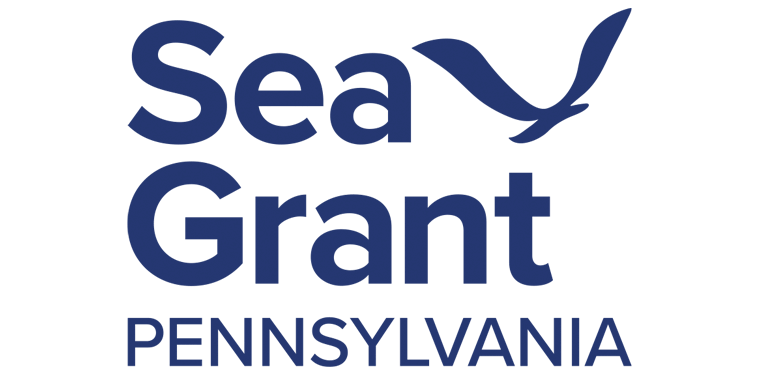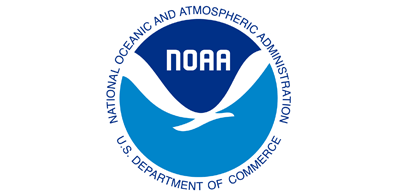Harmful Algal Bloom (HAB) issues locally and regionally were featured at the March 2024 Pennsylvania Lake Erie Environmental Forum (PALEEF). The Forum agenda and links to previously recorded sessions are available online. The forums are hosted by the Pennsylvania Department of Environmental Protection (PA DEP) and Pennsylvania Sea Grant.
Local and regional speakers came together to discuss the Harmful Algal Bloom issues in Pennsylvania and the Great Lakes Region. Presenters included the Erie County Department of Health, the Pennsylvania Department of Environmental Protection, the Great Lakes HABs Collaborative, and Pennsylvania Sea Grant.
HABs are a major threat to Great Lakes and Pennsylvania waters. They can form quickly and produce harmful toxins that impact the skin, livers, and neurological systems of people, dogs, and other animals. Because of their potential danger, HABs can cause declining recreation and revenue generation in the areas they impact. According to the Center for Disease Control (CDC), blooms can become dense, blocking sunlight availability to underwater plants, and clogging the gills of fish, shellfish, and other animals which can prevent them from breathing. When the dense blooms die off, the decay process can use up all available oxygen in the water, causing other organisms in the water to suffocate. Decaying blooms can also release methane and hydrogen sulfide further impacting recreation and water quality (CDC, 2024).
It is imperative that we learn about HABs at local, statewide, and regional levels in order to understand their formation, toxin production, environmental impacts, and possible solutions.
The Forum agenda and links to previously recorded sessions are available online.
Pennsylvania Sea Grant is supported by the National Oceanic and Atmospheric Administration (NOAA), Penn State University, and through federal, state, and local funding. Funding for the PA Lake Erie Environmental Forums is provided through the Pennsylvania Department of Environmental Protection.



